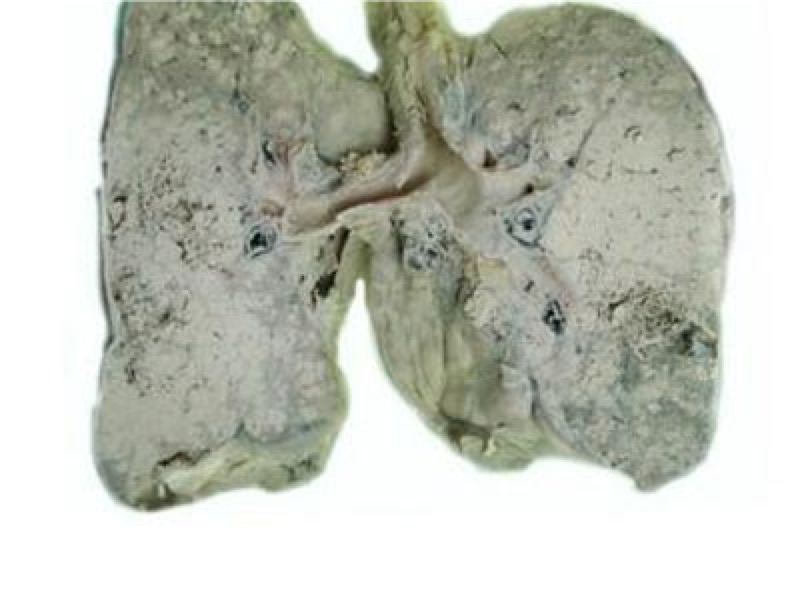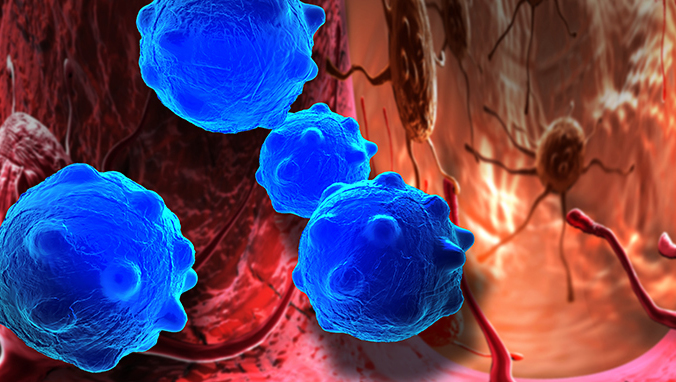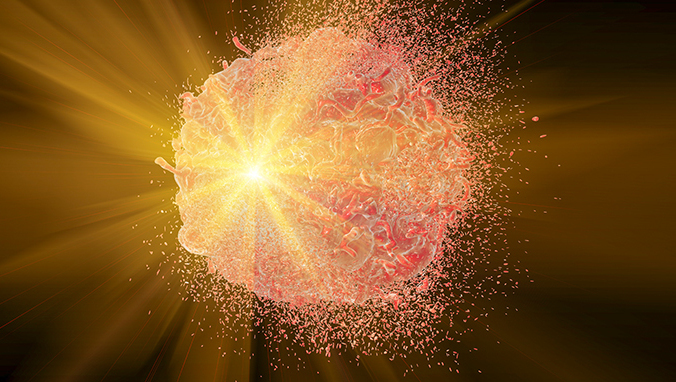What is the vegf value for cancer?
How much is the vegf value representing cancer? The emergence of cancer has harmed our health, disrupted our lives, and broke the balance of the body. Nowadays, it is not difficult to diagnose cancer. VEGF is vascular endothelium Growth factor, which has very important significance and reference value in clinical, then, how much does the vegf value represent cancer?

vascular endothelial growth factor (VEGF), also known as vascular permeability factor (vascular permeability factor (VPF) is a highly specific vascular endothelial cell growth factor, which has the effects of promoting increased vascular permeability, extracellular matrix degeneration, vascular endothelial cell migration, proliferation and vascularization.
VEGF is involved in the pathogenesis and progression of many angiogenesis-dependent diseases, including cancer, certain inflammatory diseases, and diabetic retinopathy. There are 5 different subtypes of vascular endothelial growth factor, named according to the number of amino acids: VEGF121, VEGF145, VEGF165, VEGF189, VEGF206, of which VEGF165 is the main form of VEGF.
Different cancers have different vegf values, so there is no qualitative standard.
Vascular endothelial growth factor is a family, including VEGF-A, VEGF-B, VEGF-C, VEGF-D, VEGF-E and placental growth factor (PGF). Usually VEGF is VEGF-A. VEGF-A can promote the formation of new blood vessels and increase the permeability of blood vessels. VEGF-B plays a role in tumors that are not neovascularized. VEGF-C and VEGF-D play a role in the formation of neovascularization and neolymphatic vessels in cancer tissues. VEGF-E is also a potential neovascularization factor. PGF promotes neovascularization and increases the permeability of blood vessels. The expression of PGF in experimental choroidal neovascularization is significantly increased.
VEGF is a specific mitogen of vascular endothelial cells, which can promote the growth of vascular endothelial cells in vitro and induce vascular proliferation in vivo. Especially in a hypoxic environment, VEGF binds to the VEGF receptor on the endothelial cell membrane, causing autophosphorylation of the receptor, thereby activating mitogen-activated protein kinase (MAPK), achieving the mitogen properties of VEGF, and inducing endothelial cell proliferation.
Related Articles

- Early symptoms of lung cancer
- 2020-12-17

- Early Signs of Bladder Cancer
- What are the early symptoms of bladder cancer?
- 2020-12-17

- First-line chemotherapy for squamous cell carcinoma
- Squamous cell carcinoma is abbreviated as squamous cell carcinoma, also known as epidermal carcinoma. It is a malignant tumor that occurs in epidermal or accessory organ cells. Cancer cells
- 2020-08-02

- Is the second-grade clear kidney cancer living up to 5 years?
- Nuclear grading is an important prognostic factor for renal clear cell carcinoma and has been included in the WHO classification. Currently, a four-level grading system is generally used. T
- 2020-08-02

- Is metastatic carcinoma easy to metastasize
- Once the cancer has metastasized, it will be very difficult to cure, because many people have lost their lives because of the emergence of cancer, so most people think that cancer is an un
- 2020-08-02

- What does microinfiltrating adenocarcinoma mean?
- Microinfiltrating adenocarcinoma is a type of lung cancer. The reason why it is called microinfiltration means that there is less infiltration around it, which means that it is in the early
- 2020-08-01
